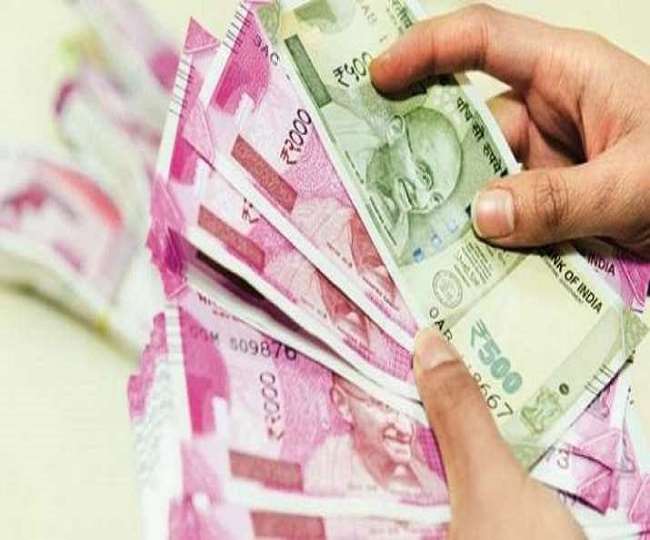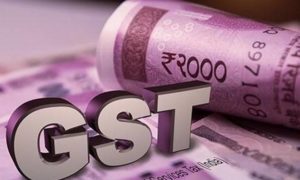The idea of “ bad bank” which was mooted by the Finance Minister Nirmala Sitharaman in the Union Budget of 2021-2022 is getting its lease of life. The National Asset Reconstruction Company is the entity that has the task to make India’s banking sector, saddled with NPAs, healthy. FM Sitharaman on Thursday made it clear that the cabinet has approved the government’s guarantee up to Rs 30,600 for securities receipts.
She also delved deeper into the nitty-gritties of this entity. So let’s understand what NARCL or “bad bank” is?
We all know that banks accept deposits and pay a certain rate of interest to depositors, and charge an interest rate on the loans disbursed. And the interest earned from the loans makes up for the profit of the banks. But when disbursed loans are not repaid on time or within the window of 90 days, the loan which is an asset of the bank turns into a non-performing asset. And then the rising NPA’s leads to a decline in the profitability of the bank. This is not a problem exclusive to one particular bank, in fact, the problem of NPA’s has been a formidable challenge for the entire banking sector. A ‘bad bank’ is a bank that buys the bad loans of other lenders and financial institutions to help clear their balance sheets. The bad bank then resolves these bad assets over a period of time.
As of March 2021, the total bad loans in the banking system amounted to Rs 8.35 lakh crore. According to the Reserve Bank’s financial stability report, the gross non-performing assets (GNPA) and net NPA (NNPA) ratios remained stable during the second half of 2020-21, amounting to 7.5 per cent and 2.4 per cent respectively in March 2021.
Now, the bad bank here, the NARCL will acquire nearly Rs 2 lakh crore of stressed assets from banks. These will be high value stressed loan assets of more than Rs 500 crore. It will pay banks 15 per cent cash upfront for these assets and issue securitisation receipts for the remaining 85 per cent of the asset value.
“The NARC that takes over the bad debts of the banks will be given government guarantee to issue Rs 30,600 cr of security receipts. The banks will get 15 percent as cash and 85 percent as security receipts. Since the banks will remove these NPAs from their balance sheets, they can focus on lending activities that can help trigger a fresh round of credit off take that the economy badly needs. The FM’s confirmation that Rs 5 lakh cr has already been recovered during the last 5 years is a positive signal that the burden will not be as high as initially feared. Nirmala Sitaraman’s track record as a reformist finance minister has been further reinforced with this NARC announcement,” V K Vijayakumar, Chief Investment Strategist at Geojit Financial Services said.
The cabinet approved a Rs 30,600 crore guarantee to back these securitisation receipts, if the asset is not able to realise its value then this guarantee will come into the picture. This guarnatee will be valid for five years. The stressed assets acquired by NARCL will be managed by another entity. This company, India Debt Resolution Co. Ltd, will focus on resolution of the assets and employ turnaround professionals.
“I see the finance minister’s roadmap on bad banks as a welcome move. The ₹30,600 crore government guarantee for security receipts issued by NARCL will be instrumental in improving recoverability. Eventually, this will be a pivotal factor in ensuring banks’ balance sheets are in good shape. Most critically, with NARCL posing as a bidder, individual ARCs will be obliged to bid for loans at competitive rates, faster, curbing extremely low buyouts and circumventing delays,” Jaya Vaidhyanathan, CEO, BCT Digital said.
“The fact that the ownership of NARCL is a joint PSB-private partnership elevates optimism and leaves expectations of recovery high. I also expect the involvement of the India Debt Resolution Company to expedite and add value to the entire process,” he added.
Along with NARCL, the government will also set up the India Debt Resolution Company Ltd (IDRCL). The IDRCL is a service company or an operational entity, which will manage assets and loop in market professionals and turnaround experts. PSBs and Public FIs will hold a maximum of 49% stake and the rest will be with private sector lenders.
“This is a positive move for the banking sector and the Government has ensured that the majority of the PSUs are capable of standing on their own feet before announcing this. The success of the bad bank however will depend on the implementation and management of the transferred NPAs and it is likely that the Government will keep a close eye on the management of the India Debt Resolution Company that will be tasked with the same.” Anish Mashruwala, partner, J Sagar Associates said.





































